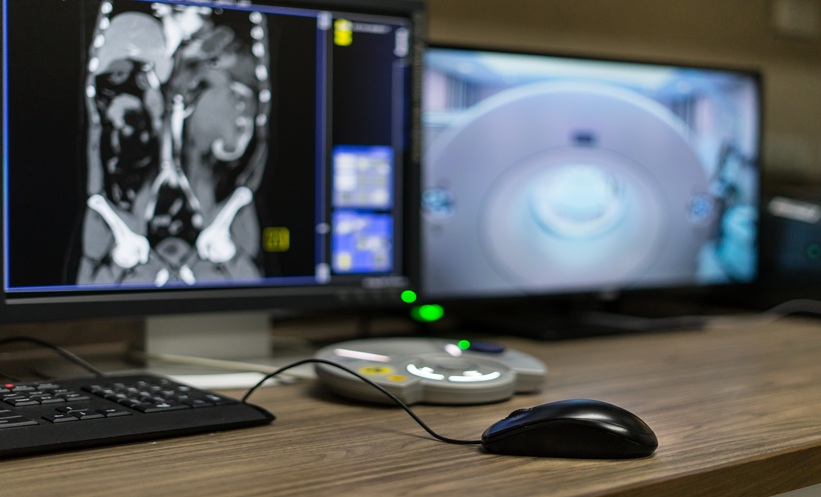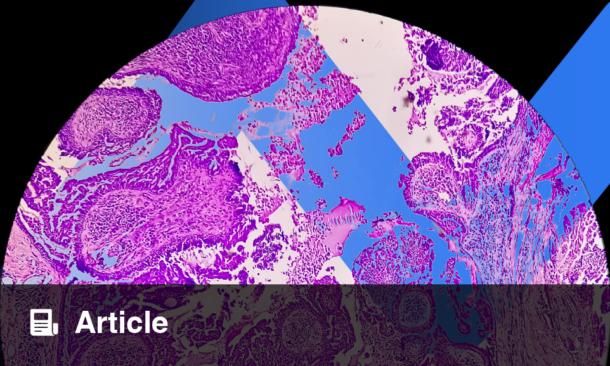18F-FDG PET and PET/CT scans show strong diagnostic accuracy in detecting histological transformations (HT) in indolent lymphomas, including Richter’s transformation (RT) in chronic lymphocytic leukemia (CLL), according to a new meta-analysis. This systematic review evaluated 15 studies involving 1,307 patients to assess the diagnostic performance of these imaging modalities.
Richter’s transformation, a shift from CLL to an aggressive large B-cell lymphoma, can significantly alter patient prognosis and treatment strategies. Accurate and early detection of HT is crucial for guiding biopsy decisions and optimizing management plans.
The meta-analysis found that using an SUVmax threshold of ≥5 resulted in a sensitivity of 90% (95% CI, 0.84–0.93) and a specificity of 54% (95% CI, 0.28–0.77) for detecting Richter’s transformation. With a higher SUVmax threshold of around 10, sensitivity dropped to 74% (95% CI, 0.54–0.87), but specificity improved to 84% (95% CI, 0.67–0.93). The area under the curve (AUC) was 0.89 and 0.84, respectively.
For follicular lymphoma, SUVmax thresholds to identify HT were generally higher than those for Richter’s transformation, suggesting the need for alternative diagnostic approaches in these cases.
When a biopsy is feasible, an SUVmax ≥5 can guide biopsy in patients with suspected Richter’s transformation. In cases where biopsy is not possible, an SUVmax ≥ 10 may help clinicians better distinguish HT and inform patient management. These findings reinforce the utility of PET/CT in identifying transformation in lymphomas, offering valuable guidance in clinical practice. While PET/CT is not a replacement for biopsy, it serves as a critical tool for early detection and clinical decision-making.
Reference: Lee ONY et al. 18F-FDG PET or PET/CT in detecting high-grade transformation of chronic lymphocytic leukaemia and indolent lymphomas: A systematic review and meta-analysis. Br J Radiol. 2025:tqaf028.
Anaya Malik | AMJ







